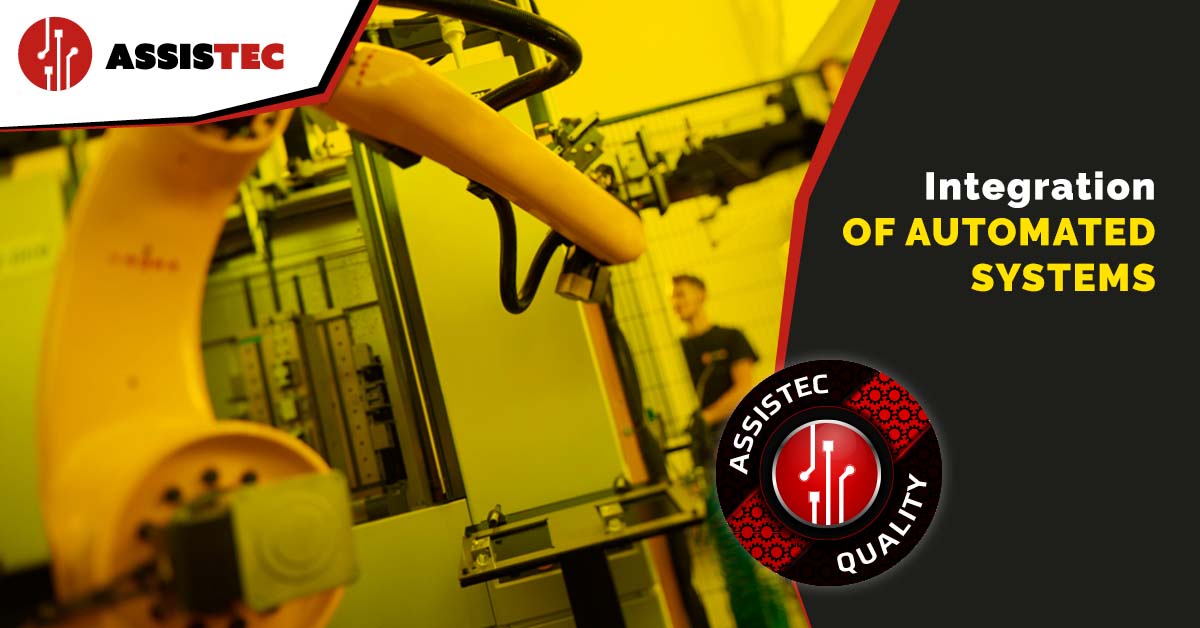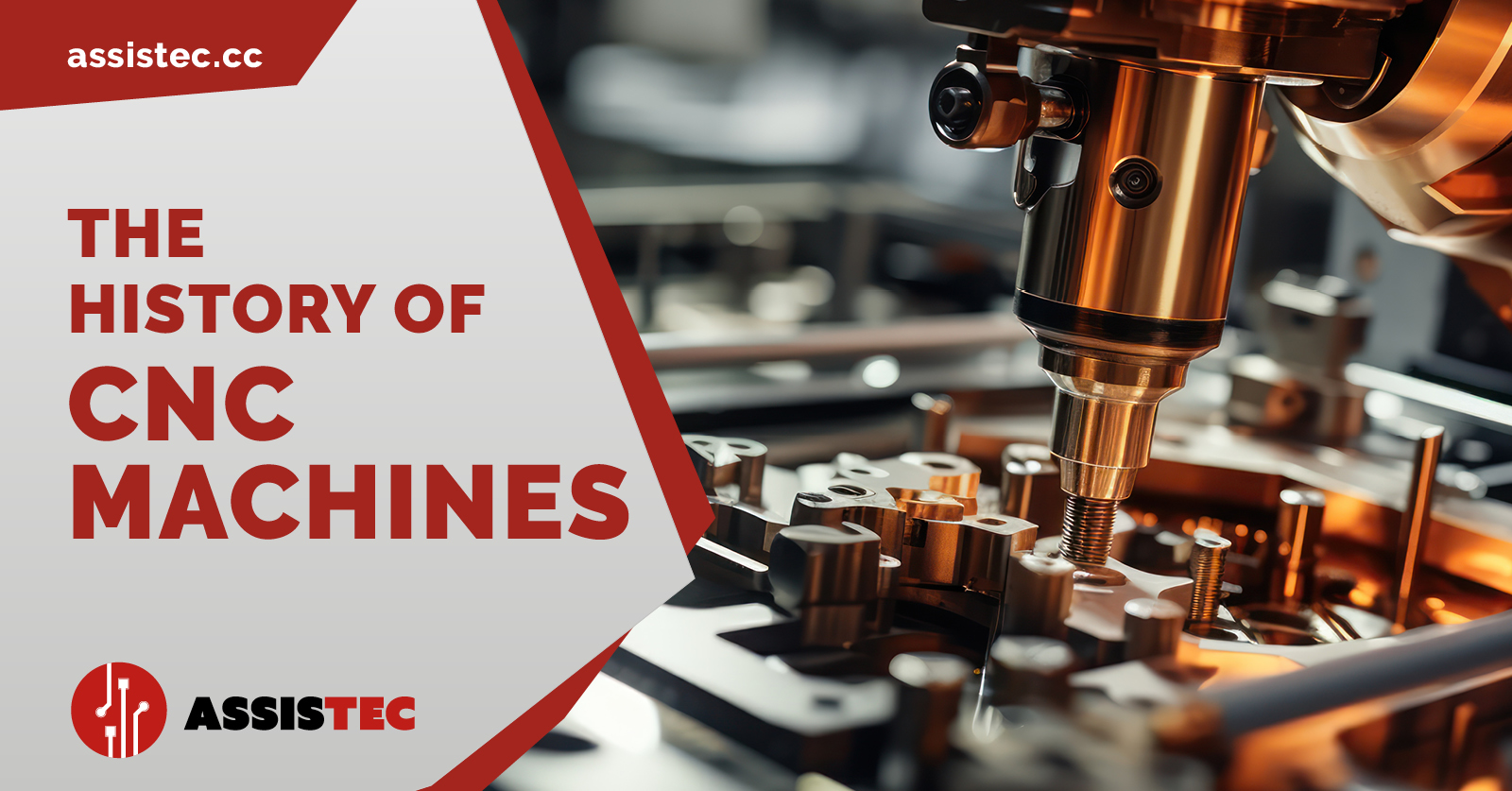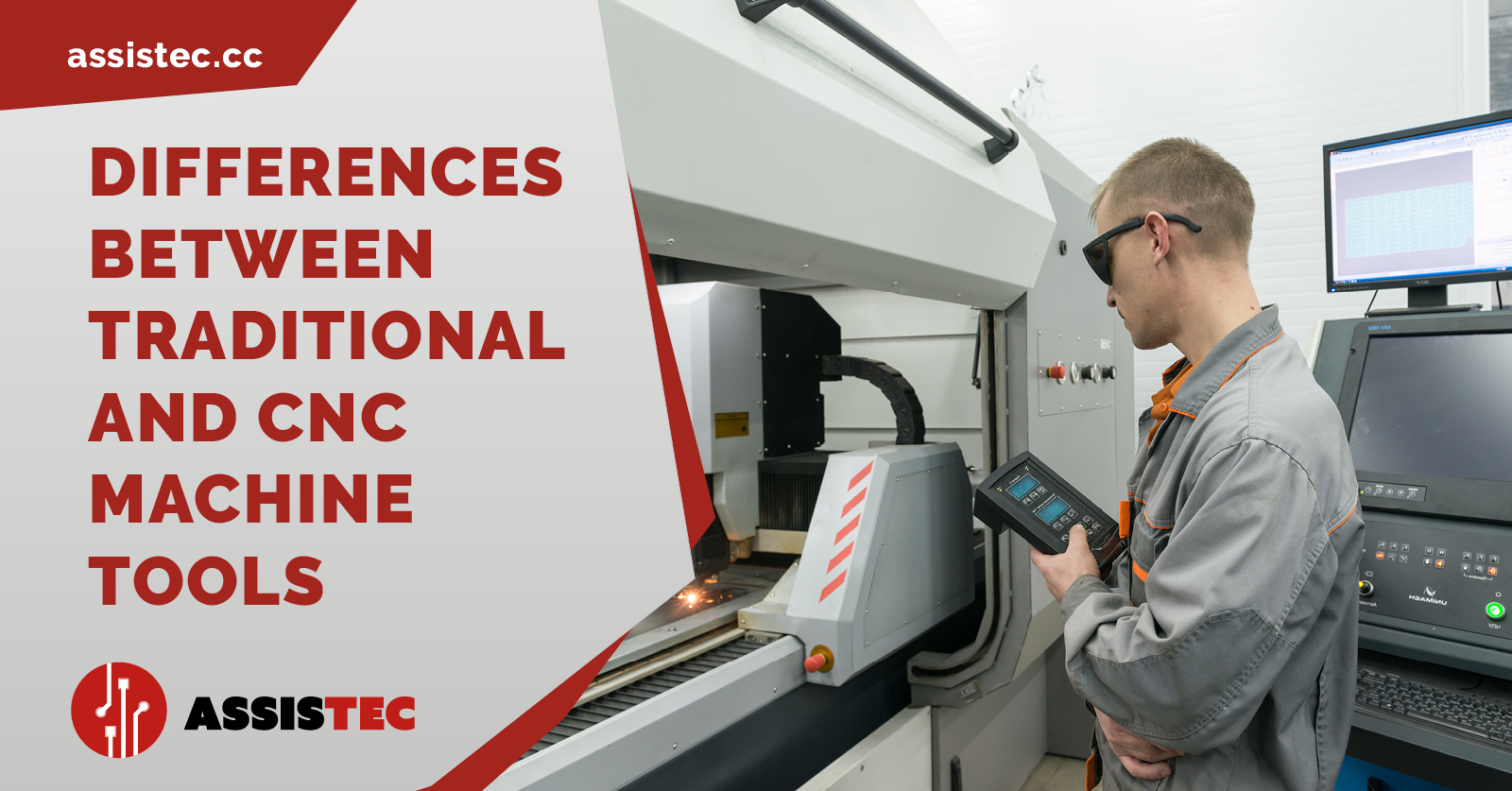INDUSTRIAL AUTOMATION: ADVANTAGES FOR COMPANIES

More and more companies are using robots

From welding to assembly, from machining components to loading and unloading of goods, there are countless ways of applying robots and machine tools in industries.
The advent of automation in business processes has marked the beginning of a new era, and there is even talk of a “fourth industrial revolution” or, more specifically, Industry 4.0. This ever-evolving phenomenon can facilitate the digital transformation of companies, bringing them closer to the smart factories of the future. Robots and machine tools are flexible tools that can be applied to an infinite number of operations.
Industrial automation makes us more efficient by increasing production. Human supervision is reduced to a minimum, relieving workers of dangerous and tiresome routine tasks, but the need for highly qualified personnel, such as electronic and mechanical engineers, becomes more important. The integration of robots, machine tools and robotic islands ensures consistently high performances and increased efficiency, reducing the margin of error. Industrial automation offers many advantages, here are just a few:
- Increased productivity
Unlike humans, artificial intelligence can perform multiple tasks at the same time, thus shortening production times. Regardless of whether the tasks are repetitive and tiring, requiring hours or days, the job is always completed efficiently. The machine’s production pace perceptibly exceeds the speed of manual processes, thanks to consistent, high-level performances.
- Guaranteed reliability and quality
Industrial automation significantly reduces the risk of gaps and errors often caused by manual processes. Product quality improves, reducing personnel costs. Moreover, thanks to the latest generation software and digital programming, it is possible to determine the duration of processes, organise the workflow and make predictions on the reliability of results.
- Greater job security
The growth in demand for high quality goods, closely linked to population growth, has led to mass production. This obviously also led to a dramatic increase in occupational hazards for workers, with exhausting production rhythms and risky tasks. The systems introduced by industrial automation, on the other hand, are able to relieve humans of these tasks. Workers in smart factories become specialised resources for monitoring and servicing robots and machine tools, leaving them with all those tasks that involve greater risks
- Reduction of waste
Automated systems are much more accurate and precise than humans. This allows companies to make 100% use of raw materials, thus considerably reducing the amount of waste. More efficient use of raw materials means less production waste and therefore lower disposal costs.
Discover the advantages of industrial automation with Assistec.
Assistec's technical assistance and system integrator services, makes industrial automation easier and more profitable. The experience of our highly specialised electronic and mechanical engineers guarantees the optimisation of production processes and interfacing between robots and machine tools. We take meticulous care in all phases of design, manufacture, and installation of robotic islands.
A winning factor at Assistec is the analysis of the company's production cycle, in order to create custom designed systems. This offers flexibility and autonomy to robots and machine tools, avoiding constant operator intervention. We believe that industrial automation is the key to Industry 4.0.
A smart factory where humans are digitally interconnected with electronic and mechanical systems
Recent Posts

-
MECSPE 2025 is one of Europe's leading trade fairs dedicated to innovation in the manufacturing industry. It is a crucial event for companies that want to stay up-to-date with the latest technologies, solutions and trends in the industry.
Over the years, MECSPE has helped transform artisanal processes into large-scale precision industrial systems. Today, the show serves as a meeting point for machinery manufacturers, technology suppliers, system integrators, and end users, creating an ideal environment for networking and knowledge exchange.
MECSPE is essential to discover how to automate and digitise production processes, improve efficiency, reduce costs and increase competitiveness. In this context, Assistec has decided to play a leading role once again, confirming its presence also in the 2025 edition.
-
Numerically controlled (CNC) machines represent one of the most important technological innovations of the modern industrial era.
Their ability to automate and standardise complex operations has changed the face of manufacturing, transforming craft processes into large-scale industrial precision systems.
The spread of CNC machines has made it possible to reduce human error, increase productivity and, above all, guarantee repeatability of machining operations that would otherwise have been impossible. This has proved particularly crucial in sectors where precision, efficiency and speed are vital, such as aerospace, automotive, precision engineering and medical device manufacturing.
One of the main reasons for the success of CNC machines is their ability to perform tasks with extreme precision that previously required the manual intervention of skilled workers.
With CNCs, on the other hand, once the machining has been programmed, the machine can perform an infinite sequence of operations without loss of precision, solving problems of variability and improving the quality of the finished product.
At this point, the question might arise: when did CNC machines originate and how did they reach this level of sophistication?
-
Conventional machine tools and computer numerical control (CNC) machines are both used for machining, but have significant differences in several key practical aspects.
So, if you are wondering whether CNC machines are better than traditional ones or whether it is time to replace your machines with automated solutions, below you will find all the elements you need for an in-depth evaluation of the question.
We have examined 7 evaluation criteria, making an objective judgement for each of them based on the practical applications of the machine type.



